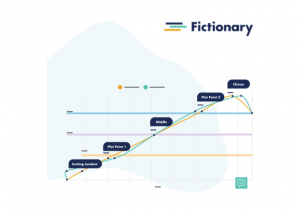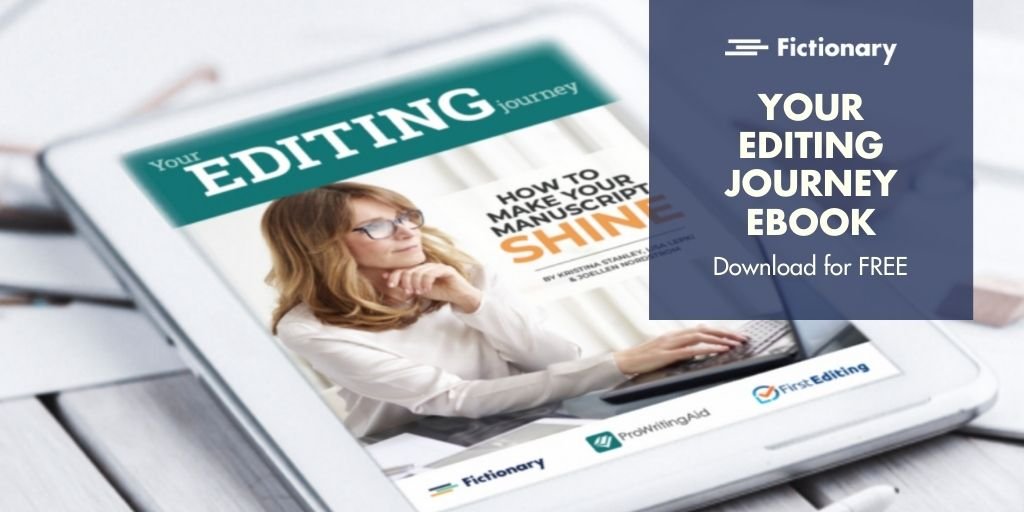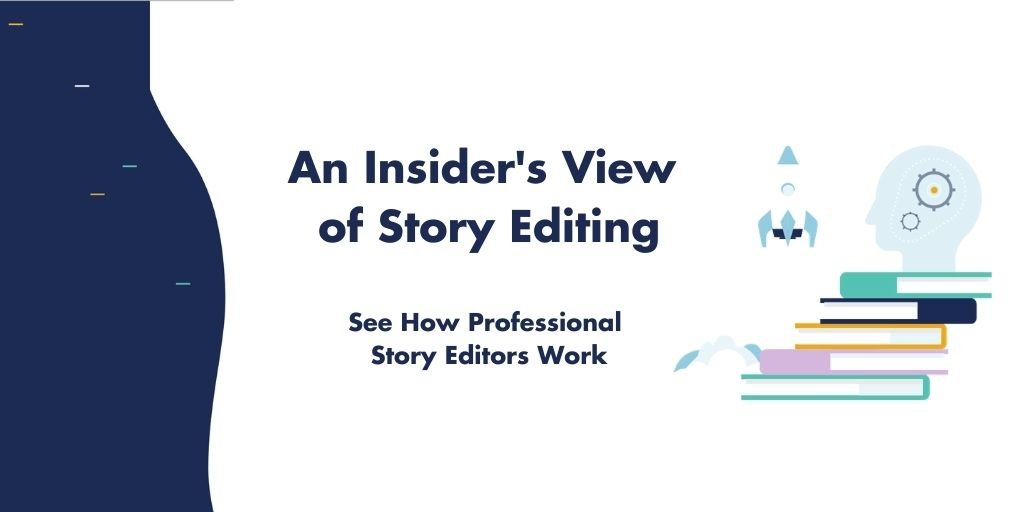
The middle of a novel is often the most difficult of the key scenes in the story arc to write. Act II is underway, and your story is dragging. What do you do?
A dragging story is not what we want as authors, so let’s look at how to fix this.
The key scenes in the story arc are the Inciting Incident, Plot Point 1, the Middle and Plot Point 2, and the Climax.
A good story contains key plot events. To create a story readers love, these events must happen at the right time — including the middle.
If you’ve written the inciting incident and plot point 1 well, then at the middle, you’ll be taking your readers on a journey where the protagonist moves from a reactionary mode to a proactive mode.
The middle of your novel happens at around 50% of your story’s total word count. It’s also about halfway through the second act. So that was a little obvious…but had to be said.
The events following your middle will lead the reader to plot point 2 (at the end of Act II), and then on to the climax.
![]()
Key Scenes In The Story Arc
The inciting incident is the moment the protagonist’s world changes in a dramatic way.
Plot point 1 is the point of no return. The character can’t back out of the central conflict. This is the moment when the setup of the story ends and Act I is over.
The middle is when the protagonist changes from reactive to proactive.
Plot point 2 happens when your protagonist discovers something that allows him to finish his mission, or he thinks all is lost. This depends on the type of story your writing. Act II is over.
The climax is where your protagonist faces the biggest obstacle in the story. She may or may not win…

How To Make Your middle Sparkle
At the middle, make something terrible or life-changing happen to your protagonist. This will raise the stakes.
Your protagonist needs to find the strength to deal with whatever horrible thing you’ve made happen or she’ll lose everything.
Because of this, she’ll decide to do something and take the rest of the book to do it. Meaning, the event has to be significant.
At the middle point, your reader should understand the story is moving in a new direction.
Depending on the type of story you’re writing, the event could be emotional, spiritual, or action packed. It must fit your story. Even though the middle is an exceptional event, remember the climax has to have even higher stakes.
Famous Middle Scenes
Let’s look at the middle of a novel for some well-known stories.
Note: there are story spoilers, so don’t read this section if you want to read the book or see the movie.
Gone Girl: Nick wants to improve his image and gives a press conference. Amy’s “secret” best friend attacks, demanding to know what he did with Amy. Nick must now get proactive if he’s going to save himself.
The Martian: Mark Watney finds out his supplies are going to be delayed and believes he’s going to die on Mars. This results in kicking him into action to figure out how to live long enough for the supplies to get to him.
The Philosopher’s Stone: During a Quidditch match, Harry’s Nimbus 2000 broom takes Harry on a ride. Snape casts a spell. Hermione lights Snape’s cloak on fire. Harry can’t ignore all this and must become proactive.
Twilight: Bella sees Edward’s true power. This strengthens how she feels about him, and she’ll do anything to be with him.
Now that you understand another of the key scenes in the story arc, you can check out Plot Point 2, and the Climax.

StoryTeller is creative editing software for fiction writers. Transform your story, not just your words. Successful stories depend on your ability to edit, improve, and revise your work. Only when you master story editing, can you master storytelling.
StoryTeller draws a recommended story arc and draws the story arc for your story. You can see how to improve the structure of your story within seconds.
Why not check out Fictionary’s StoryTeller free 7-day trial and tell powerful stories?
When do you ever get to see what a story editor delivers to a client if the client is not you?
Our new course gives you an insider’s view of what happens in a story edit. This is similar to a structural or substantive edit for fiction.
Before you hire an editor or edit your own story, it’s important to understand what a story edit is.
Thirteen professional editors edited the same novel.
Each editor worked separately in Fictionary StoryCoach.
This course evaluates their edits and shows you what worked and what didn’t. We’ll show you two scenes before editing and after revisions based on the editors’ suggestions. We even compare the editors’ summary letters and per scene notes.
For writers looking to hire a professional story editor, this course shows you what you should receive from a story editor. It will also show you how an editor might look at your story.’
Sign up now for great value.
On sale for $39 USD. Use Coupon INSIDERSVIEW
Regular Price: $99.



